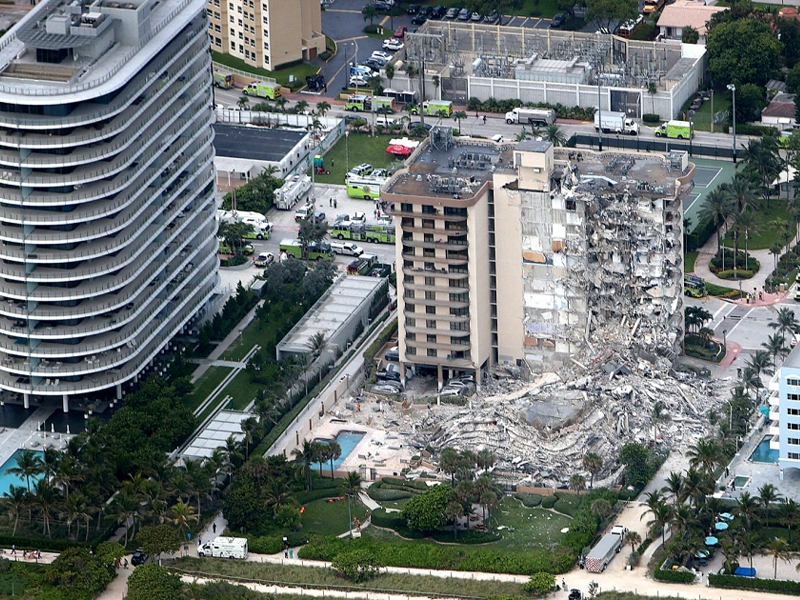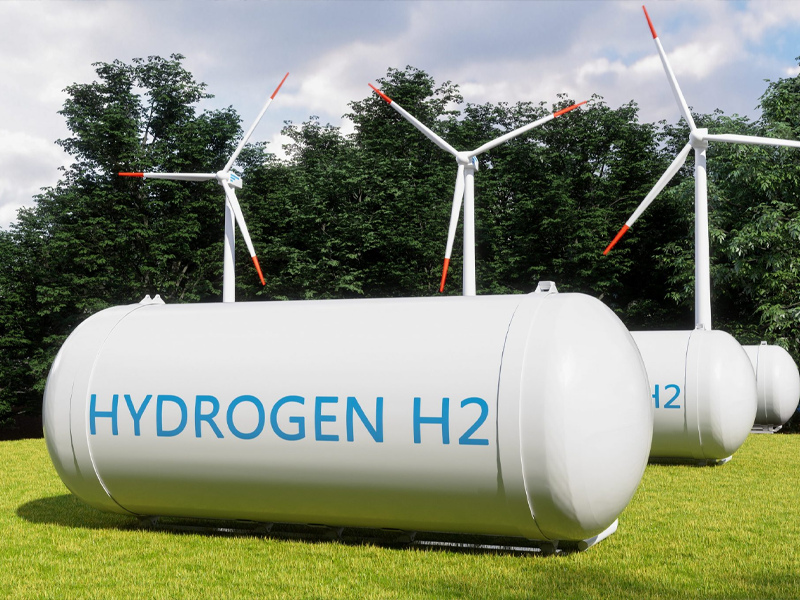When people think of survival after a societal collapse, their minds often jump to food stockpiles, bunkers, and defensive tools. But surviving isn’t the same as rebuilding. While survival may get you through the day, rebuilding is about sustaining life for generations. That’s where engineering survival begins—not just surviving the collapse but designing a life beyond it.
The idea of rebuilding after collapse is often idealized in media, but in reality, it demands deep planning, practical skills, and a mindset shift from consumption to creation. It’s not about gadgets or doomsday hype. It’s about building infrastructure, systems, and tools from the ground up—with limited resources, minimal technology, and immense resilience.
The Collapse Isn’t Just One Event
Collapse doesn’t always arrive as an explosion or viral outbreak. It can unfold over time—through crumbling infrastructure, disrupted supply chains, political unrest, or environmental degradation. The signs are often visible: failing water systems, food insecurity, overburdened healthcare, and the growing gap between needs and services.
In such scenarios, the challenge is not only to survive without modern conveniences but to find ways to re-establish basic functions. Electricity, clean water, shelter, transportation, and communication become non-negotiables. Without them, survival becomes a waiting game. Rebuilding turns that wait into progress.
Engineering the Essentials
Rebuilding starts with understanding what must be engineered first. Clean water is at the top of the list. Without municipal systems, basic filtration, UV purification, and gravity-fed distribution become key. People need to understand pressure systems, rainwater catchment, and storage tanks—not just on a conceptual level but through hands-on skills.
Electricity is another cornerstone. In the absence of a grid, small-scale solar systems, micro wind turbines, or even old-school generators using biofuels become necessary. Knowing how to wire, store, and distribute energy safely makes the difference between comfort and chaos.
Then comes structural engineering—shelters, workspaces, sanitation systems. Buildings must be designed with materials available locally. Timber, earth, stone, recycled metal. Structures must be strong enough to endure the elements but simple enough to be built by a handful of skilled people. Every design choice becomes a trade-off between labor, material, and necessity.
The Value of Multi-Skilled Thinking
In a post-collapse reality, specialization, as we know it, has become a luxury. Survival engineers must wear multiple hats: electrician, mechanic, carpenter, plumber, even chemist. Rebuilding demands a return to generalist knowledge with practical applications. Knowing how to design is no longer enough; learning how to build, fix, and teach becomes important.
One person who can fix a generator, purify water, and wire solar panels is worth more than a thousand who can’t. The ability to train others magnifies that value. Engineering survival is not just about having the skills—it’s about passing them on, and building teams around shared capability.
Tools, Materials, and Time
Tools become sacred. In many collapse scenarios, supply chains are down, and a single broken tool might be irreplaceable. That’s why redundancy, maintenance, and resourcefulness are non-negotiable. Tools must be built to last and repaired often. Welding, machining, and fabrication skills become the backbone of recovery.
Material use also changes. Instead of relying on manufactured goods, post-collapse rebuilding favors recycling and repurposing. Old cars, broken appliances, and discarded metals become raw materials. A good engineer sees function in everything. Time, too, takes on a different weight. Projects that once took hours may now span days or weeks. Patience and endurance are as valuable as tools.
Infrastructure Before Innovation
People often ask what kind of technology could help most in a collapse. The answer is simple: low-tech solutions built on reliable infrastructure. There’s no room for smart homes or internet-based systems when power is intermittent and parts are scarce. Engineering survival favors systems that can be maintained with hand tools, knowledge, and cooperation.
The most advanced systems in a post-collapse world may look humble—a solar water heater, a gravity-fed irrigation line, or a hand-pumped well. But these systems are the foundation on which everything else depends.
Community is the Final Blueprint
No matter how skilled a person is, rebuilding isn’t a solo act. It requires a functioning community—one that shares responsibilities, teaches its youth, and protects its members. Engineering survival goes beyond blueprints and structures. It’s about engineering trust, leadership, and shared effort.
It means teaching others how to repair, reuse, and rethink. It means having hard conversations about fairness, work, and contribution. In a collapsed world, collaboration is currency. Engineers who understand people as well as systems will be the ones who lead.
Conclusion
Rebuilding after collapse is not a fantasy for the distant future—it’s a growing need in a fragile present. Engineering survival is about more than knowing how to build; it’s about choosing what to make, how to create it wisely, and with whom.
The challenge isn’t whether we can survive collapse—it’s whether we can create a life beyond it. That takes more than grit. It takes skill, discipline, and a mindset rooted in solidity. The blueprint of survival is already in front of us. What remains is the courage to build.



